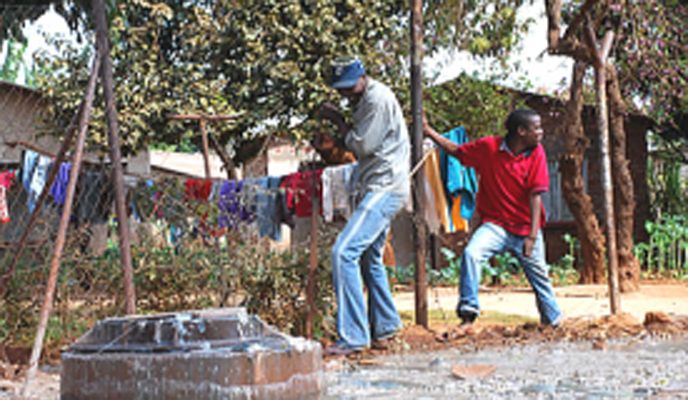
Five people have so far died from typhoid this year out of the over 800 reported suspected cases as the water and sanitation situation in Harare continues to deteriorate.
BY Phyllis Mbanje
Typhoid cases have been reported in different parts of Harare, with the worst affected areas being the densely populated western suburbs such as Hopley, Glen View and Budiriro.
According to the latest Health ministry weekly surveillance report, 55 cases of typhoid have been confirmed since the beginning of the year, with five fatalities being recorded.
Perennial water problems in the city have resulted in many residents lacking access to clean water.
Many residents often rely on open, shallow wells that can easily get contaminated.
Some have been without access to filtered, piped water for months as a result of the current economic turmoil.
- Chamisa under fire over US$120K donation
- Mavhunga puts DeMbare into Chibuku quarterfinals
- Pension funds bet on Cabora Bassa oilfields
- Councils defy govt fire tender directive
Keep Reading
However, according to Harare City Council statistics, only one person has died so far from typhoid.
Council spokesperson, Michael Chideme could not comment on the ministry statistics, but said only one person had died from typhoid.
“We are still at one death, 49 confirmed cases of which 43 have been treated and discharged,” he said yesterday.
Chideme said more than half of cases were recorded in Budiriro and Glen View.
“We are now carrying out a detailed study to establish why we have so many cases in these two suburbs,” Chideme said.
Typhoid fever is caused by infection with the bacterium salmonella typhi. It is transmitted by contact with faeces or urine of an infected person, usually through contaminated food or drink.
Within one to three weeks of exposure, a patient may exhibit symptoms such as high fever, headaches, constipation, and diarrhoea, rose-coloured spots on the chest and enlarged liver or spleen. It is also possible to be a carrier of typhoid without exhibiting symptoms.
Meanwhile, cases of diarrhoea have worsened with 20 people dying in one week last month, bringing the cumulative figure to 85.
Six of the victims were children under the age of five.












